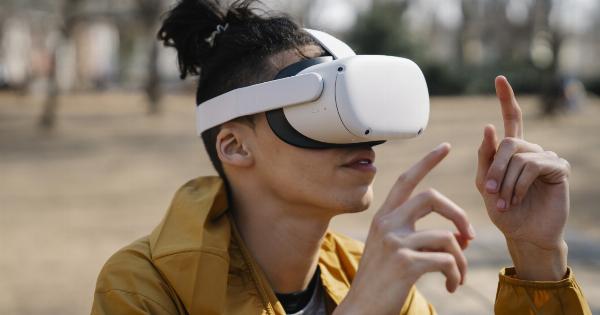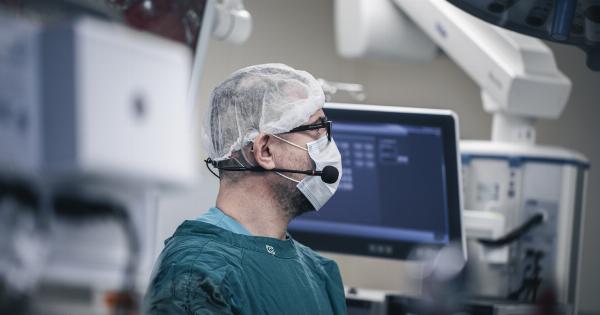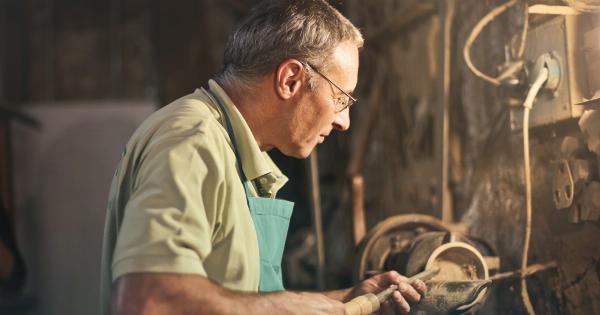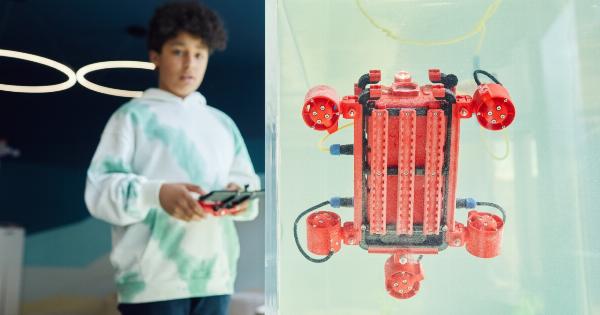For centuries, people have struggled with tooth loss and damage to their lower jaws. Over time, numerous restoration techniques have been developed to improve the function and appearance of the jawbone.
In recent years, however, new technology and methodologies have emerged that represent revolutionary advancements in lower jaw restoration.
1. 3D Printing in Jaw Restoration
The advent of 3D printing has transformed the field of lower jaw restoration.
With this technology, accurate and precise 3D models of the patient’s jawbone can be created, allowing for more personalized implant placement and reconstruction planning. Additionally, the use of 3D-printed surgical guides can ensure that the implants are placed in the correct location and orientation.
2. Guided Bone Regeneration
Guided bone regeneration is a process that involves the use of membranes and bone grafts to stimulate the growth of new bone in the area where the patient has suffered bone loss.
This technology has been used in dental and orthopedic procedures for many years, but recent advancements have made it more effective and efficient. Additionally, the use of growth factors such as BMP-2 (bone morphogenetic protein-2) can accelerate and enhance the healing process.
3. Computer-Aided Design/Computer-Aided Manufacturing (CAD/CAM)
CAD/CAM technology has revolutionized the design and production of dental restorations, including partial or full lower jaw restorations.
With CAD/CAM technology, digital images of the patient’s jaw and implant placement are used to create custom restorations that perfectly match the patient’s natural teeth.
4. Customized Implants
Traditionally, dental implants come in a limited range of sizes and shapes, which can make it difficult to achieve a natural look and feel.
However, in recent years, customized implants have been developed that can be tailor-made to fit the unique anatomy of the patient’s jawbone. This improves the accuracy of the implant placement and enhances the overall functionality and aesthetic appeal of the restoration.
5. Minimally Invasive Oral Surgery
Minimally invasive oral surgery techniques have been developed that allow for less trauma and faster healing times following dental procedures. For lower jaw restorations, this means shorter hospital stays and quicker returns to normal activities.
6. Advanced Imaging
The use of advanced imaging techniques, such as CBCT (Cone Beam Computed Tomography), has made it easier for dental professionals to accurately diagnose and treat patients with lower jaw issues.
These high-resolution images provide a detailed view of the patient’s anatomy, making it easier to plan and execute restoration procedures.
7. Nanostructured Surfaces
Nanostructured surfaces have been developed that improve the stability and longevity of dental implants.
These surfaces feature a microscopic network of interconnected pores and grooves that promote bone and soft tissue integration, which enhances the success rate of the implant and reduces the risk of complications.
8. Post-Operative Monitoring
After a lower jaw restoration procedure, post-operative monitoring is essential to ensure that the implants are functioning properly and the patient is healing correctly.
New monitoring techniques, such as 3D imaging and computer modeling, can provide real-time feedback on the status of the restoration and identify any potential issues before they become problematic.
9. Virtual Reality
Virtual reality technology is being used to enhance patient education and understanding of the lower jaw restoration process.
Through VR simulations, patients can see a detailed visual representation of their restoration procedure, which can help alleviate anxiety and improve their overall experience.
10. Biomaterials
Biomaterials are being developed that can improve the success rate of dental implants and enhance the regenerative properties of bone tissue.
Materials such as hydroxyapatite and tricalcium phosphate can be used to encourage bone growth and stimulate the body’s natural regenerative processes, which can improve the longevity and efficacy of dental restorations.


























